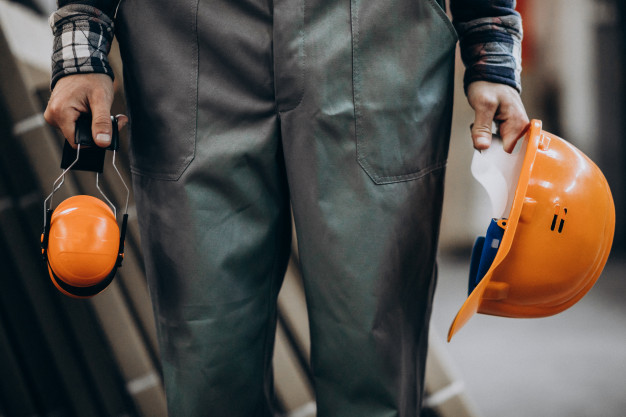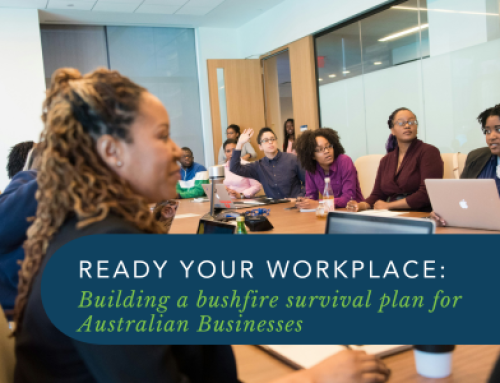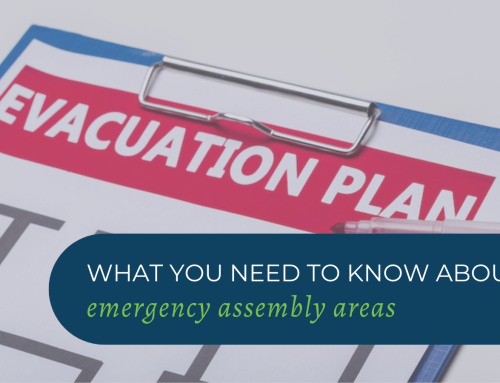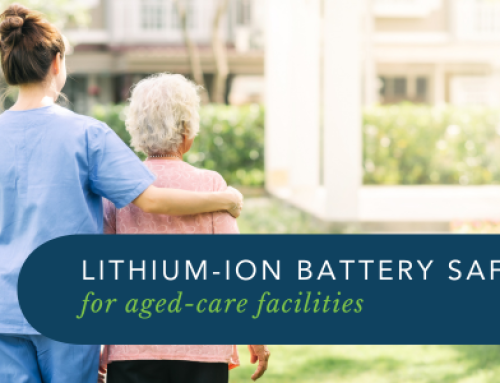While not a lot of cases are being reported, another risk can often be overlooked: noise. A quarter of Australia’s workforce is exposed to or has suffered noise-related injuries. Commonly apparent in workplaces with continuous operating machinery and construction sites, excessive exposure can lead to temporary, and to permanent hearing loss. Jobs ranging from being a schoolteacher, to manufacturing/factory workers, farmers, our military servicemen, and those who work in our airports even.
How can you tell if you are exposed to a harmful level of noise? Technically, if you work in a noisy area and there is a need to raise your voice to talk to someone who is at an arm’s length away, then the noise is likely to be hazardous over a period of time.
If your ears are ringing or the sound around you seems muffled or flat after leaving a noisy place, then you probably were exposed to hazardous noise.
If that is the case, what is the acceptable measure of sound levels? Noise is measured in a unit called decibels (dB). For example, an employee who is repeatedly exposed to occupational noise at 85 decibels or above without hearing protection across an 8-hour shift is at risk for serious hearing loss. According to Safework Australia, noise levels should be kept at these levels:
- 50 decibels if your work requires high concentration or effortless conversation.
- 70 decibels if your work revolves in routine, fast-paced, and demands attentiveness or if it is important to carry on conversations.
A Code of Practice on Occupational Noise (National Code of Practice for Noise Management and Protection of Hearing at Work) applies to all types of work and all workplaces covered by the WHS Act of 2011 and Regulations applying in a jurisdiction where there is a potential for exposure to an alarming level of noise that can contribute to hearing loss.
It has been developed to provide practical guidance to people conducting business on how noise affects hearing, how to identify and assess exposure to noise, and how to control health and safety risks arising from hazardous noise levels.
What does this mean to your workplace if employees are exposed to harmful levels of noise? They say prevention is better than cure. Seeking expert ad practical advise would be a good place to start. Risk assessment, surveys, and strategies should be developed as an initial step to reduce noise exposure.
A preliminary noise survey involves taking measurements throughout an area. This could be as simple as checking the machinery and equipment onsite, making sure that noise from these elements is not caused by any fault/s, and if so, to be brought to the superior’s immediate attention to be addressed. From there, policies, training, equipment (earplugs, protective headphones, etc) acquisition and maintenance, and most importantly, awareness in occupational noise will be rolled out so that (additional) measures can be taken by employers to ensure their employees are safe and healthy.
Noise is just sound until it reaches over alarming scales. Once the damage is done, one cannot regain their hearing with aids and/or surgery.
We hope in some way our articles can reach people who can benefit from always keeping themselves safe where they work. If you know someone who can benefit this post, please share the link to help us raise awareness in workplace safety.
GET IN TOUCH
Are you ready for peace of mind that your workforce is as safe and prepared as possible?
With a dedicated team of staff ready to help you meet compliance requirements and improve the overall safety of your workplace, all you need to do is get in touch.
Request your free audit today!



